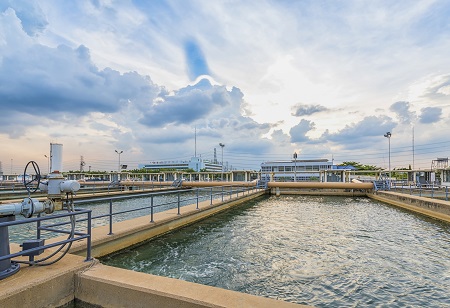India consumes the second largest amount of water in the world. Hence, it is important that the depleting sources of fresh water are conserved and replenished through better methodologies of wastewater treatment. This calls for immediate measures to be taken. As a result, wastewater treatment technology market is witnessing a huge demand owing to the lack of fresh water resources across the globe. The growth has further been driven by new regulations coming into effect and the obligation for industries to use recycled water. Other factors contributing to its growth are the increase in demand for energy and the burgeoning manufacturing industry.
In India, the wastewater treatment technology market growth is primarily dependent on the increasing industrial production and burgeoning demand for packaged wastewater treatment systems.
The largest share in Indian wastewater treatment market is possessed by refineries owing to the enhancing refining capacity of India and the huge amount of wastewater being disposed of by the industry. In addition, with the concerns surrounding Covid-19 pandemic, the increased hygiene standards has also caused an increase in the use of water as more and more people are using water frequently to wash their hands as well as cleaning their surroundings more often than they used to.
Talking about biological treatment of water, Ravi Toshniwal, Managing Director, Banswara Syntex Ltd., says, “It is very important to feed the primary treated water into RO plant with low COD & low TDS content, otherwise the UF and RO membrane desired life will get reduced. Without adding any chemical, the COD reduction can be possible only on biological treatment.”
Market Growth Avenues
Yet another sector that is keeping this market on its toes is the power generation sector, wherein there is an everyday requirement for clean water to generate electricity. Thermal power plants are one of the primary users of water treatment facilities in India, with the country depending mainly on coal based power plants. On the heels of it is the iron and steel industry. Also augmenting the demand is packaged food and beverages industry. The majority of the demand seems to be coming from the southern states with the west coming as a close second. Benefitting from their proximity to fresh water sources, cities along river coasts are showing better growth prospects.
Driven by all these factors, the demand for fresh water is going to increase which will in turn create opportunities for investment in the waste water treatment sector. Reports suggest that the investment is expected to increase to $130 billion by 2030.
 Magazine
Magazine
